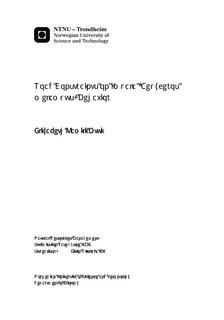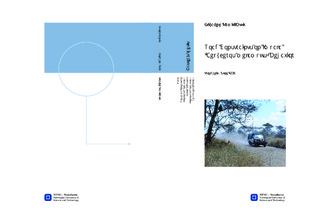| dc.description.abstract | Protected areas play a key role in safeguarding and sustaining biological diversity. The development of infrastructure in protected areas facilitates management and tourism operations. However, infrastructure can affect wildlife populations through processes such as habitat loss, traffic mortality, resource inaccessibility, population subdivision and behavior change. The study of wildlife response to the existing road network in Serengeti National Park is a necessity to provide overview of whether or not there exists compatibility of infrastructure and wildlife conservation. In this study, I used 3,827 coordinates collected from four adult female impalas (Aepyceros melampus) fitted with satellite GPS collars and field observations recorded in Serengeti National Park, Tanzania to determine whether roads affect impala s behavior. Variables considered in the analyses included step length, habitat type, time (day or night), movement directionality (towards or away from road) and distance to road. Although impalas' response to road disturbances was different between locations and herds, the overall results suggest that there is a pattern of road avoidance. Impala movement was influenced by the road as there were longer step lengths close to than away from the road. However, contrary to expectations, impalas utilized habitats further away from the road during the night. Vigilance was higher close to than away from the road and could eventually lead to reduced feeding time close to road areas. Impala avoidance behavior due to road disturbances has repercussions on the energy budget. Avoidance behavior may cause functional habitat loss which could ultimately affect impala's population size. Roads and traffic is therefore of potential concern in conservation of impalas. | nb_NO |

